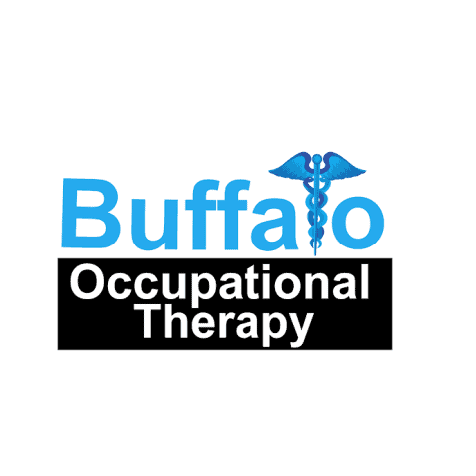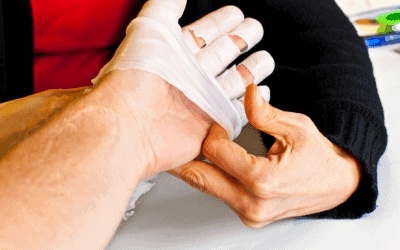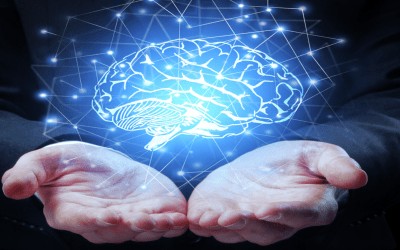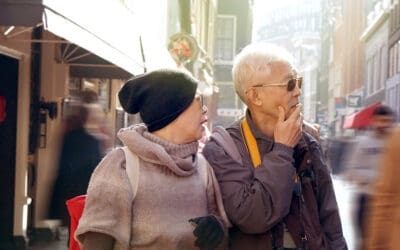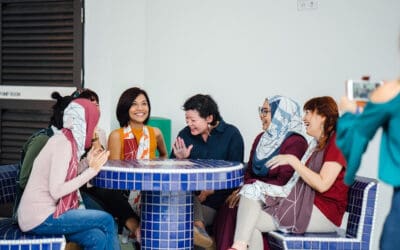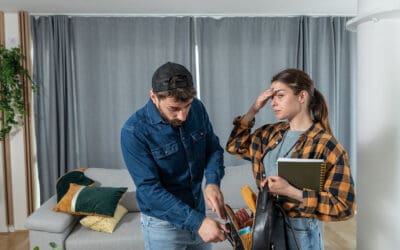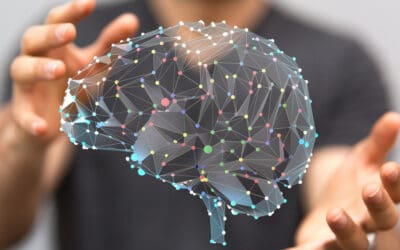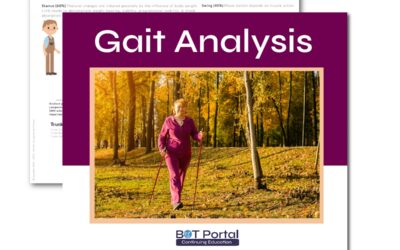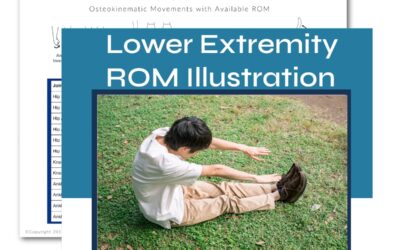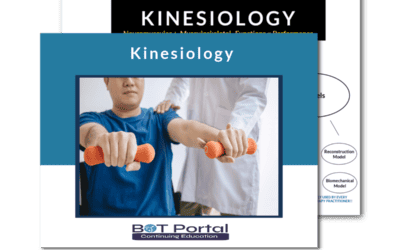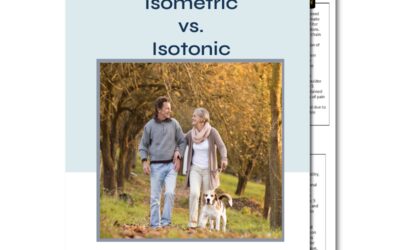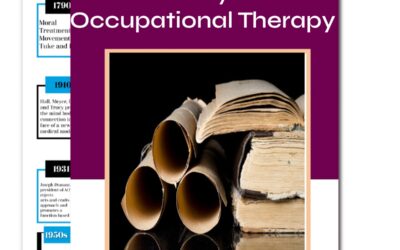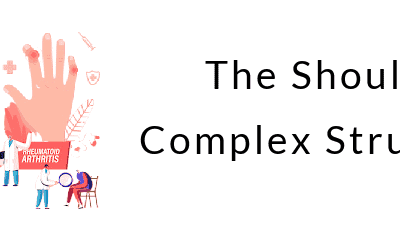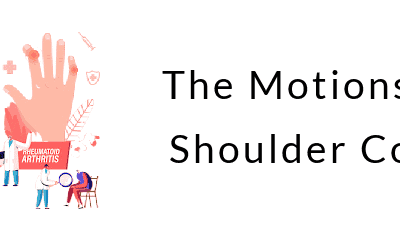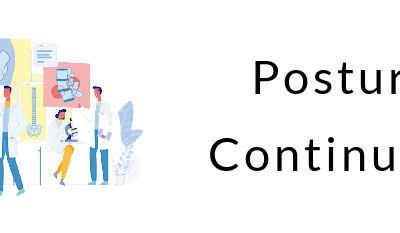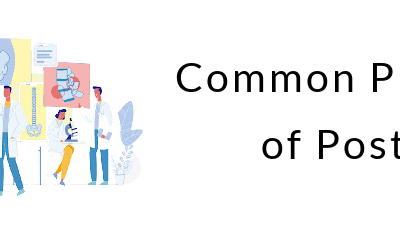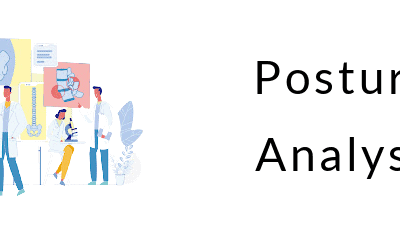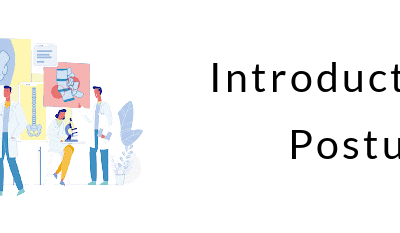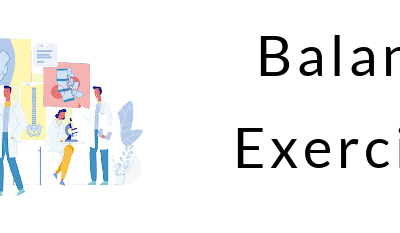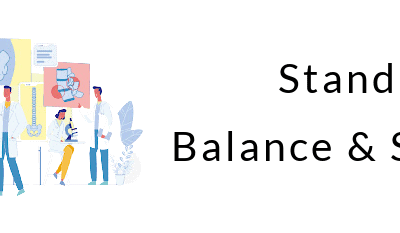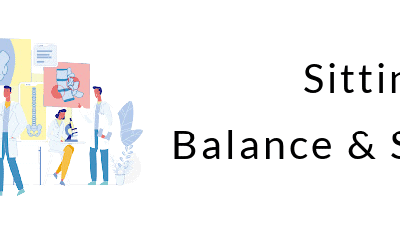Search Results
Posts
Courses
Pages
Lessosns
Media
Topics
Products
Posts
Pages
Slower Retrieval and Rapid Forgetting
Slower Retrieval and Rapid ForgettingWhat is Slower Retrieval and Rapid Forgetting?Slower retrieval and rapid forgetting are two aspects of memory that can affect how we recall information over time. Slower retrieval refers to the delay or difficulty in accessing...
Immediate Recall
Immediate Recall What is Immediate Recall?Immediate recall memory refers to the ability to remember information that has just been presented, typically within a short timeframe, without the need for rehearsal or repetition. It's like a mental notepad where you can...
Episodic Memory
Episodic MemoryWhat is episodic memory?Episodic memory is a vital component of our long-term memory responsible for storing personally experienced events and experiences, such as specific times, places, emotions, and associated details. When episodic memory is...
Working Memory
Working MemoryWhat is working memory?Working memory, often referred to as the brain's "scratch pad," is a crucial cognitive function responsible for temporary storage and manipulation of information needed for various cognitive tasks. However, deficits in working...
Dementia Treatments in Buffalo NY
Dementia TreatmentDementia Treatments include memory and brain training. Each journey through services looks different. 716-235-3013Amherst, NY Teletherapy Inquiry FormWhen it comes to dementia treatments, your brain matters - but so does your story. Your personal...
Order Completed
[tec_tickets_success]
BOT Job Application
[wpforms id="28995"]
Defensive Documentation for Occupational Therapy Treatments
Quick LinksTip: Press either "Ctrl + F" or "Command+F" on your keyboard and search...
Activity
[ultimatemember_activity]
Logout
Media
Specialized in spastic hemiplegia or spasticity post stroke
Specialized in spastic hemiplegia or spasticity post stroke
Clinical Excellence in Neurological Rehabilitation and Memory Care
Clinical Excellence in Neurological Rehabilitation and Memory Care
Spasticity Therapy for Upper Body in Buffalo NY
Spasticity Therapy for Upper Body in Buffalo NY
Spasticity Therapy for Upper Body in Buffalo NY copy
Spasticity Therapy for Upper Body in Buffalo NY copy
Brain Reserve
Brain Reserve
Michelle Eliason The Giant Neurocognitive Workbook 1
Michelle Eliason The Giant Neurocognitive Workbook 1
Michelle Eliason 12
Michelle Eliason 12
Trouble making decisions
Trouble making decisions
Trouble making a decision
Trouble making a decision
Hiding under the couch
Hiding under the couch
Products
Gait pattern illustration for ambulation
Gait pattern Illustration for Ambulation Functional Ambulation in Rehabilitation - Gait Pattern When assessing a patient's gait pattern, physical and occupational therapists look at several key elements to understand their walking mechanics and identify any...
Lower Extremity Range of Motion
Lower Extremity Range of Motion Lower extremity range of motion (ROM) is a critical focus in occupational therapy (OT) rehabilitation. It involves assessing and improving the flexibility and movement of the hip, knee, and ankle joints. This is essential for activities...
Levels of Assistance & Quality Indicators
Levels of Assistance & Quality Indicators In occupational therapy (OT), understanding levels of assistance and quality indicators for occupational performance is crucial for tailoring treatment plans and measuring progress. These concepts help therapists assess...
Explain Kinesiology to your Patient Study of Movement
Kinesiology Kinesiology, the study of human movement, is a fundamental aspect of occupational therapy (OT) treatments in rehabilitation. It involves understanding how muscles, bones, joints, and nerves work together to produce movement. This knowledge is essential for...
Isometric versus Isotonic Muscle Contractions
Isometric vs. Isotonic Muscle Contractions In occupational therapy (OT) rehabilitation, understanding the difference between isometric and isotonic exercises is crucial for designing effective treatment plans. Both types of exercises play important roles in...
History of OT
History of OT Brief Timeline of Occupational Therapy History Occupational therapy (OT) has a rich history rooted in the belief that engaging in meaningful activities can promote health and well-being. This profession emerged in the early 20th century, shaped by...
Activity Analysis and OT Treatment Planning
Activity Analysis Considerations for OT Treatment Planning Activity analysis is a crucial process in occupational therapy (OT) rehabilitation that involves breaking down everyday tasks or activities into smaller components to understand how they affect a person's...
Canadian Model of Occupational Performance
Canadian Model of Occupational Performance The Importance of CMOP in Rehabilitation The Canadian Model of Occupational Performance (CMOP) is a widely recognized framework utilized in occupational therapy for the rehabilitation and empowerment of individuals with...
Activity Analysis for occupational therapy treatments
Activity Analysis Activity Analysis in OT Treatments Activity analysis is a crucial process in occupational therapy (OT) rehabilitation that involves breaking down everyday tasks or activities into smaller components to understand how they affect a person's ability to...
9 Categories of Occupation
9 Categories of Occupation 9 Categories of Occupation and their Importance in Rehab The 9 categories of occupation are fundamental concepts in occupational therapy that encompass the diverse range of activities individuals engage in daily. These categories, defined by...
Courses
No Results Found
The page you requested could not be found. Try refining your search, or use the navigation above to locate the post.
Lessons
No Results Found
The page you requested could not be found. Try refining your search, or use the navigation above to locate the post.
Topics
Structures of the Shoulder Complex
Lesson 2 - Lecture 4: Shoulder Structures https://vimeo.com/568001390 Pivot the Scapula Muscles involved with the motion of the scapulothoracic joint TrapeziusSerratus AnteriorLevator ScapulaeRhomboids Position the Scapula Muscles that position the humerus in space...
Motions of the Shoulder Complex
Lesson 2 - Lecture 2 : Shoulder Osteokinematic Movements https://vimeo.com/685246224 Scapular Mobility (Shoulder Blades) Elevation – shrugging shouldersDepression – reaching toward the groundRetraction (Adduction) – Scapula moves closer to the vertebraProtraction...
Postural Intervention Continuums
Lesson 6 - Lecture 5 : Postural Intervention Continuums https://soundcloud.com/buffaloot/postural-intervention-continuums/s-SArb64QDe9P Edge of Bed Posture Training https://vimeo.com/567143661 Facilitating Cervical Retraction https://vimeo.com/567160688 Facilitating...
Interventions for Posture
Workbook pg. 49 General Understanding of Postural Interventions Always ensure client safety by understanding condition and contraindications, muscles being affected by the specific impairment, and keeping an open line of communication with the overseeing medical...
Common Problems with Posture
References for levels of movement: [1, 3, 30, 31] Workbook pgs. 43 Postural Malformations LordosisKyphosis – Increased thoracic spine curve, often results in forward headFlat BackSway BackScoliosis Forward Head What is it?Commonly called “Computer Neck” or “Text...
Postural Analysis
Workbook pg. 39 Lesson 6 - Lecture 2 : General Postural Analysis https://vimeo.com/567167064 Multi-Plane Perspective Vantage Point Always analyze posture from multiple directions Anterior ViewLateral (Side) ViewPosterior View Postural Analysis Lesson 6 - Lecture 3 :...
Introduction to Posture
Introduction to Posture Dynamic Systems Theory The development of postural control as a product of cognitive information as well as the synergistic organization of the neuromuscular system and morphologic and biomechanical and environmental information. Your body, and...
Balance Exercises
Variable Postures and Base of Support (BOS) Two-legged standSemi-tandem standTandem StandOne leg stand Dual Tasking Combining memory task with a gait training exercises or a hand-eye coordination activity with a balance task Half Squats Sliding Down a Wall Decrease...
Standing Balance
Static Standing Definition: Maintaining 'Good' postural alignment against gravity while standing for greater than 30 minutes without postural collapse. ** No additional activity recommended during this stage as the individual requires remediation of core functions....
Sitting Balance
Static Sitting Balance Definition: Maintaining 'Good' postural alignment against gravity while sitting unsupported for greater than 30+ minutes without postural collapse. ** No additional activity recommended during this stage as the individual requires remediation of...
